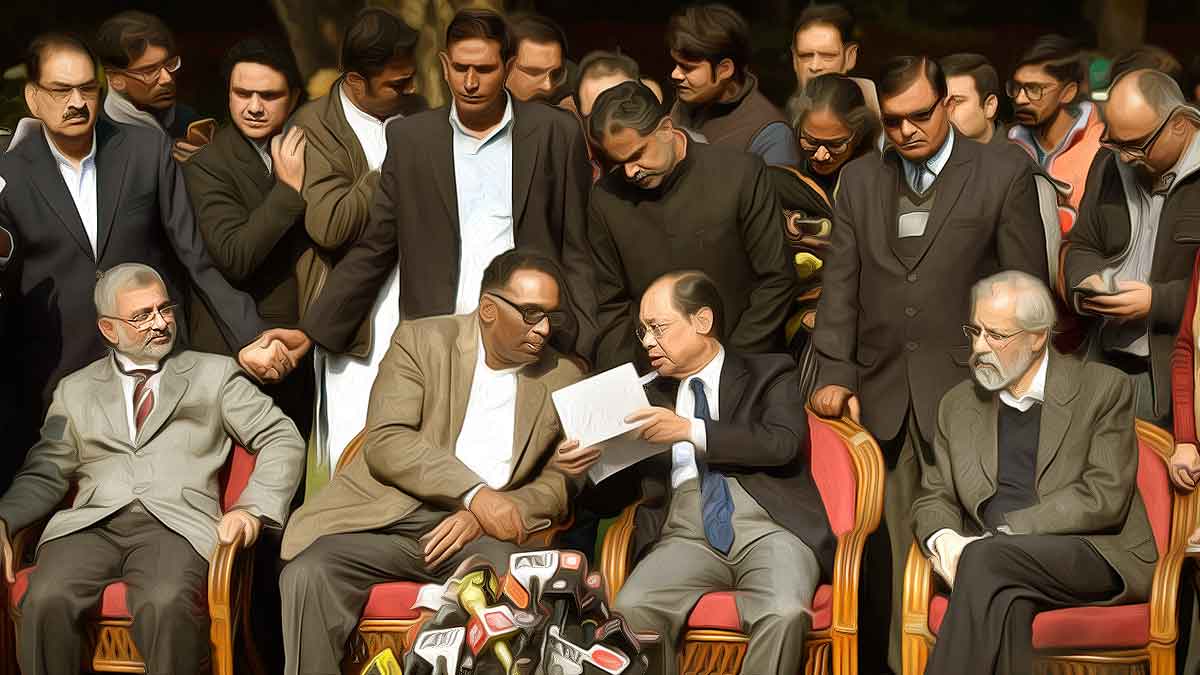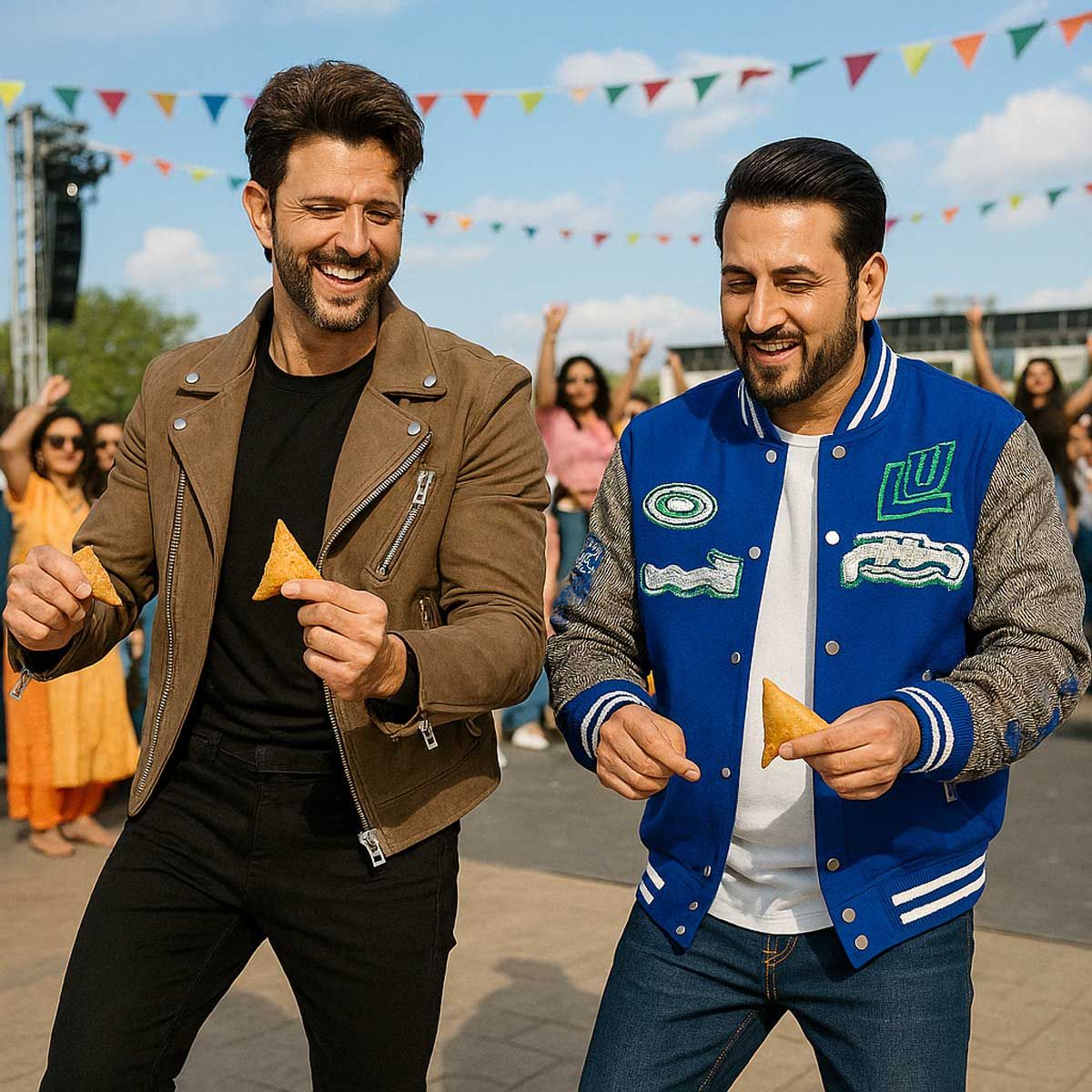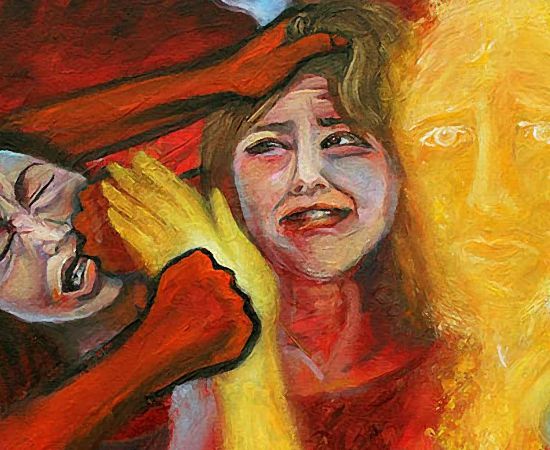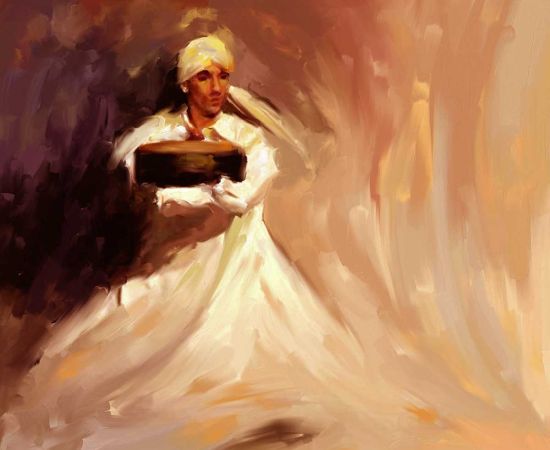More Coverage
Twitter Coverage
Satyaagrah
Written on
Satyaagrah
Written on
Satyaagrah
Written on
Satyaagrah
Written on
Satyaagrah
Written on
JOIN SATYAAGRAH SOCIAL MEDIA
Supreme Court halts Jahangirpuri demolition of illegal encroachments of rioters by NDMC on priority by keeping aside 70,632 pending cases: PIL filed by Jamiat Ulama-I-Hind, Advocate Dushyant Dave, and Kapil Sibal

In a significant decision, the Supreme Court on Wednesday ordered to maintain the status quo in the ongoing demolition drive being carried out by the North Delhi Municipal Corporation in Delhi’s Jahangirpuri.
Hearing the petition, the Supreme Court bench led by Chief Justice NV Ramana ordered the authorities to maintain the status-quo on the demolition drive and not to continue with the demolition started by the North Delhi Municipal Corporation against encroachers.
|
Supreme Court advocate Dushyant Dave mentioned the matter before Chief Justice of India (CJI) NV Ramana.
“Unconstitutional, unauthorised demolition is taking place in Jahangirpuri where riots took place. No notice was served, so that reply is served in 10 days,” Dave said.
The petitioners had claimed that there was an increase in incidents of demolition of properties by government administration in several states, including the recent incident from Madhya Pradesh, as a punitive measure towards people allegedly involved in criminal incidents such as riots.
“A number of ministers and legislators, including the Chief Minister and the Home Minister of the state of Madhya Pradesh, have made statements advocating such acts and especially threatened the minority groups with the destruction of their homes and commercial properties in case of riots,” the petition said.
In response, the Court said it would list the case tomorrow and directed the status quo.
A public interest litigation petition (PIL) was filed by Jamiat Ulama-I-Hind seeking directions to the Central and State governments that no residential accommodation or commercial property be demolished as a punitive measure was also mentioned before the CJI.
Earlier on Wednesday, the NMDC had started its anti-encroachment drive in Delhi’s Jahangirpuri area amid a heavy police presence. Many bulldozers had started bringing down illegal structures, shops, and other encroachments.
|
|
The NMDC had requested over 400 personnel from the Delhi police to carry out the anti-encroachment drive in the Jahangirpuri area. The area had witnessed severe violence on April 16 when a Hindu procession on Hanuman Jayanti was attacked with stones, bottles, and gunshots by a Muslim mob.
 NMDC requested over 400 personnel from Delhi police to carry out the anti-encroachment drive in the Jahangirpuri area that had witnessed severe violence against Hindus on Hanuman Jayanti procession with stones, bottles, and gunshots by a Muslim mob |
References:
44 million pending court cases: How did we get here?
There are about 73,000 cases pending before the Supreme Court and about 44 million in all the courts of India. Cases that have been in the courts for more than 30 years, as of January 2021: 1,05,560
This has now become a weekend ritual for our honourable judges. Any Sunday or Monday, if you take the trouble to open a newspaper—or check the newsfeed on your cellphone—you will find that a judge of our Supreme Court or a high court was the keynote speaker at some function or felicitation or anniversary celebration, and has spoken some lofty words on some matter of grave national importance.
Our honourable judges are obviously using their spare time fruitfully to ponder on what ails the nation. And the nation gives them enough spare time. Currently, the Supreme Court has 193 working days in a year, high courts 210 days, and trial courts 245 days. The Supreme Court has five vacations in its annual calendar—a summer break of 45 days, a winter break of 15 days, and a Holi vacation of one week. It closes for five days each for Dussehra and Diwali. There are about 73,000 cases pending before the Supreme Court and about 44 million in all the courts of India, up 19% since last year.
According to a 2018 Niti Aayog strategy paper, at the then-prevailing rate of disposal of cases in our courts, it would take more than 324 years to clear the backlog. And the pendency at that time was 29 million cases. Cases that had been in the courts for more than 30 years numbered 65,695 in December 2018. By January this year, it had risen more than 60% to 1,05,560.
 CJI Ramana: Unfair to Judge Indian Judiciary Based on Pending Cases, pendency isn't a useful indicator to judge courts as it doesn't show when cases were filed |
Our judicial system also remains the least digitized area of governance. According to a 2019 investigation by thequint.com, the Supreme Court, whose judges appear deeply concerned about pollution and deforestation, uses at least 48 million sheets of A4-sized paper every year—and the text has to be typed in 13-14 font size, double-spaced and with a 3 cm margin on either side.
Our judges select themselves and their choice is binding—neither the legislature nor the executive can do anything about it. To quote from a 2014 Hindustan Times report: “At least 16 (34%) of the 47 judges in the Punjab and Haryana high courts have kith and kin practising law at the same place. Either these relatives have a private practice or the Punjab and Haryana governments have accommodated them in respective advocate general offices.”
In May 2019, the Supreme Court upheld the validity of a Karnataka law that grants reservation in promotions to Scheduled Caste and Scheduled Tribe (SC/ST) government employees. The judgment asserted that it was wrong to equate “merit” with “candidates who perform better than other candidates on seemingly ‘neutral’ criteria, e.g. standardised examinations…. This is a distorted understanding of the function ‘merit’ plays in society.” The honourable judges explained: “A ‘meritorious’ candidate is not merely one who is ‘talented’ or ‘successful’ but also one whose appointment fulfills the constitutional goals of uplifting members of the SCs and STs.”
But there are no reservations for SCs, STs, or other backward classes (OBCs) for judges’ posts in the Supreme Court and high courts in India. Currently, among the 33 Supreme Court judges, there is only one SC and one OBC judge.
In November 1998, the then-President of India K.R. Narayanan noted on a file seeking his assent for the appointment of four Supreme Court judges: “It would be consonant with constitutional principles and the nation's social objectives if persons belonging to weaker sections of society like SCs and STs…are given due consideration. Eligible persons from these categories are available and their under-representation or non-representation would not be justifiable."
The then-Chief Justice A.S. Anand responded: “I would like to assert that merit alone has been the criterion for selection of Judges… All eligible candidates, including those belonging to the Scheduled Castes and Tribes, are considered while recommending names for appointment as Supreme Court Judges.” That meaning of the word “merit” seems very malleable.
So one could well ask: Of what value are these weekend pontifications that we are being subjected to currently? Last year, the honourable Justice D.Y. Chandrachud described dissent as democracy's “safety valve”, and said that branding those who dissent as anti-national or anti-democratic “strikes at the heart of our commitment to protect constitutional values”.
Fair enough. But a couple of weekends ago, N.V. Ramana, the Chief Justice of India, called for saving the judiciary from “motivated and targeted attacks on social media”. He said that the onus lies on the Central agencies to deal with the attacks against judges on social media.
So, dissent is the safety valve as long as it is not about the judges? And if someone criticises the judiciary, the CBI or NIA or whatever should be let loose on her?
 In 2018 four senior SC judges take on CJI at a press conference, alleging crucial cases were being allotted 'selectively' |
On Constitution Day, November 26, the Chief Justice said: “Looking back, I can proudly claim that, as an institution, the judiciary has lived up to the faith reposed in it by the Constituent Assembly. The fact that the Indian judiciary continues to be the last hope for those in distress, suggests that it is on the right track.” I am sure that the people whose fates are held at ransom in the 44 million pending cases—and remember, more than one lakh of these cases have been pending for over 30 years—were happy to hear these words.
Our courts also seem to love headlines. They seem to prioritise cases that would get media attention, even if that means intruding into areas clearly reserved in the Constitution for the legislature and the executive. Consider the three farm laws which have now been repealed. Did the Supreme Court have any business getting into these? And then, after it did, why did it sit on the report submitted by the committee it set up to study the farm laws? Meanwhile, the agitations escalated and lives were lost. The report was strongly positive about the farm laws.
To end with a personal anecdote: I have been doing the rounds of Delhi courts for 16 years now for what originally began as a libel suit about an article published in a magazine I once worked for. While I cannot go into the details of the case for obvious reasons, I can say that I heard of the article for the first time when a legal notice was served to me and that too, a year after I had quit the magazine. I had a fancy designation in that magazine, so I was made one of the defendants. Full 16 years later, I am still unsure what the issue is. The litigant does not appear to be denying what the article said about him and seems to be only interested in who the reporter’s sources were. It is a mystery why the case has not been thrown out. Or decided in someone’s favour. Sixteen years.
This Friday (December 3, 2021), I arrived at the court on time, but the judge had taken the day off. So another date was given to us in the next calendar year. One of my co-defendants passed away six years ago and his death certificate was submitted to the judge soon after, but his name continues to appear in the court summons.
References:
Sandipan Deb, December 05, 2021 / 08:35 AM IST
Netizen's Angry Reactions
|
|
|
|
|
|
|
|
|
|
|
|
|
|
|
|
|
|
|
 Support Us
Support Us
Satyagraha was born from the heart of our land, with an undying aim to unveil the true essence of Bharat. It seeks to illuminate the hidden tales of our valiant freedom fighters and the rich chronicles that haven't yet sung their complete melody in the mainstream.
While platforms like NDTV and 'The Wire' effortlessly garner funds under the banner of safeguarding democracy, we at Satyagraha walk a different path. Our strength and resonance come from you. In this journey to weave a stronger Bharat, every little contribution amplifies our voice. Let's come together, contribute as you can, and champion the true spirit of our nation.
 |  |  |
| ICICI Bank of Satyaagrah | Razorpay Bank of Satyaagrah | PayPal Bank of Satyaagrah - For International Payments |
If all above doesn't work, then try the LINK below:
Please share the article on other platforms
DISCLAIMER: The author is solely responsible for the views expressed in this article. The author carries the responsibility for citing and/or licensing of images utilized within the text. The website also frequently uses non-commercial images for representational purposes only in line with the article. We are not responsible for the authenticity of such images. If some images have a copyright issue, we request the person/entity to contact us at This email address is being protected from spambots. You need JavaScript enabled to view it. and we will take the necessary actions to resolve the issue.
Related Articles
- Notice issued to Central govt on plea challenging the constitutional validity of Waqf Act 1995 by Delhi High Court: Ashwini Upadhyay filed the plea that Waqf Act is antithetical to Secularism in India
- We present a list of trickery, hypocrisy, and biases of the Islamist propagandist Rana Ayyub as she manages to embarrass herself again by infuriating netizens of Saudi Arabia
- Delhi Police Commissioner rubbished social media claims that saffron flags were hoisted atop a Jahangirpuri mosque, attempts of whitewashing the perpetrators by 'liberal cabal' and Altnews co-founder falls flat
- Malaysia and Singapore are allowing temple entry with Covid protocols but here in Tamil Nadu, India Devotees are denied entry to Palani temple on Thaipusam festival: Thaipusam is an important festival of the Tamil community
- George Soros’s Open Society Foundation-funded Institute Peace Research Institute Oslo (PRIO) names Open Society functionary Harsh Mander in unofficial shortlist for Nobel prize
- A Pilgrim to the Soviet Paradise - Genesis and Growth of Nehruism Vol 1
- When Nehru faced mass opposition for restraining press freedom and freedom of expression to protect ‘moral standards’ of Indians
- While Shaheen Bagh showcases its latest artwork for anti-CAA 'protest', it also reveals its true nature of Islamist supremacy and Hinduphobia: Adds image of Hindu Swastika being ‘smashed’ and disintegrating
- Yes, Secular India’s shift towards ‘Majoritarianism’ is very much real: So, just deal with it
- Anti-Brahmin rants, mobilizing the Muslim community, Cow protection, bringing ‘Hindustan to knees’, incitement to violence, and many more: Detail analysis of order framing sedition, other charges against Sharjeel Imam
- 'Muh me ram bagal me chhuri' - Gandhi’s politics is hollow and noisy, full of treachery and deceit’: Read what Dr. Ambedkar said about the ‘Mahatma’
- Vidya Krishnan, columnist for ultra-leftist Caravan Magazine, The Atlantic, goes hysterical and calls Indian diaspora ‘termites’ over ‘Hindu homeland’ rant
- Chinese propaganda campaign video is busted by Indian Army, shares pictures of Indian Jawans unfurling Tricolour at Galwan Valley
- Crowdfunding platforms used by Kanhaiya Kumar, Dr Kafeel Khan and Saket Gokhale disappeared mysteriously after collecting funds from public
- ‘Liberal’ elites has issue with Hindu identity of PM Modi and emphasize "Aakhir Albert Pinto Ko Darr Kyun Lagta Hai" – Deciphering the latest rants of Naseeruddin Shah




























